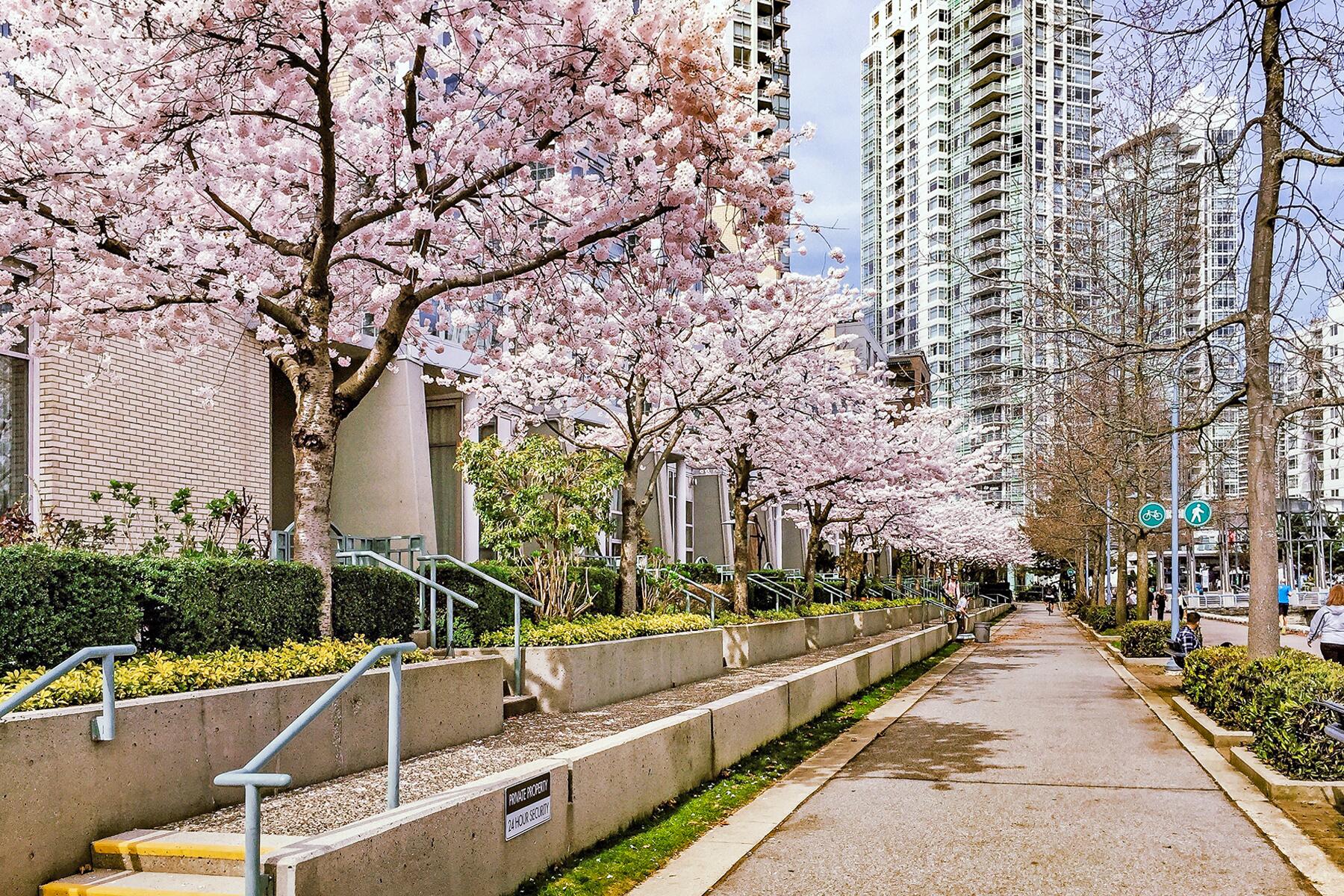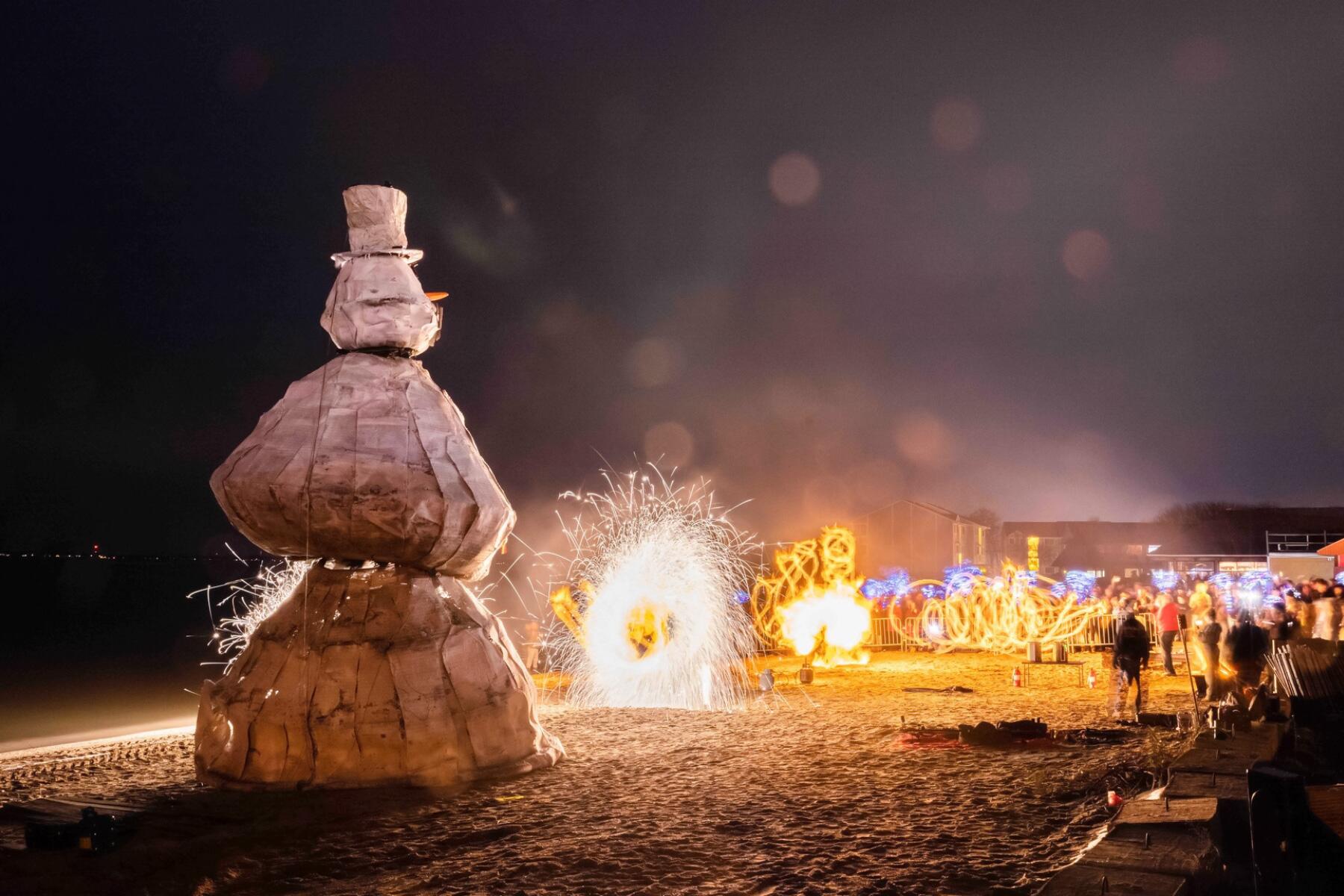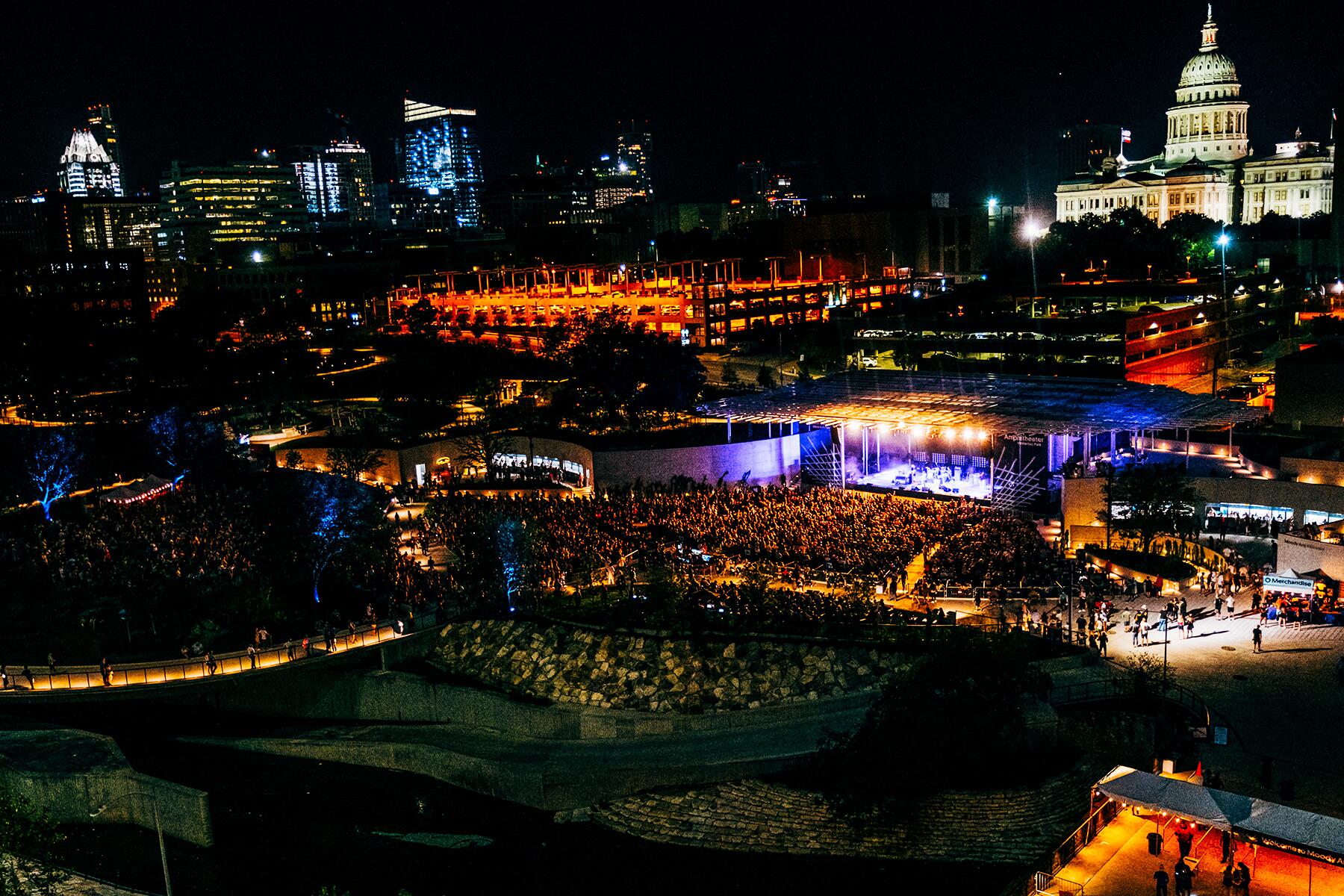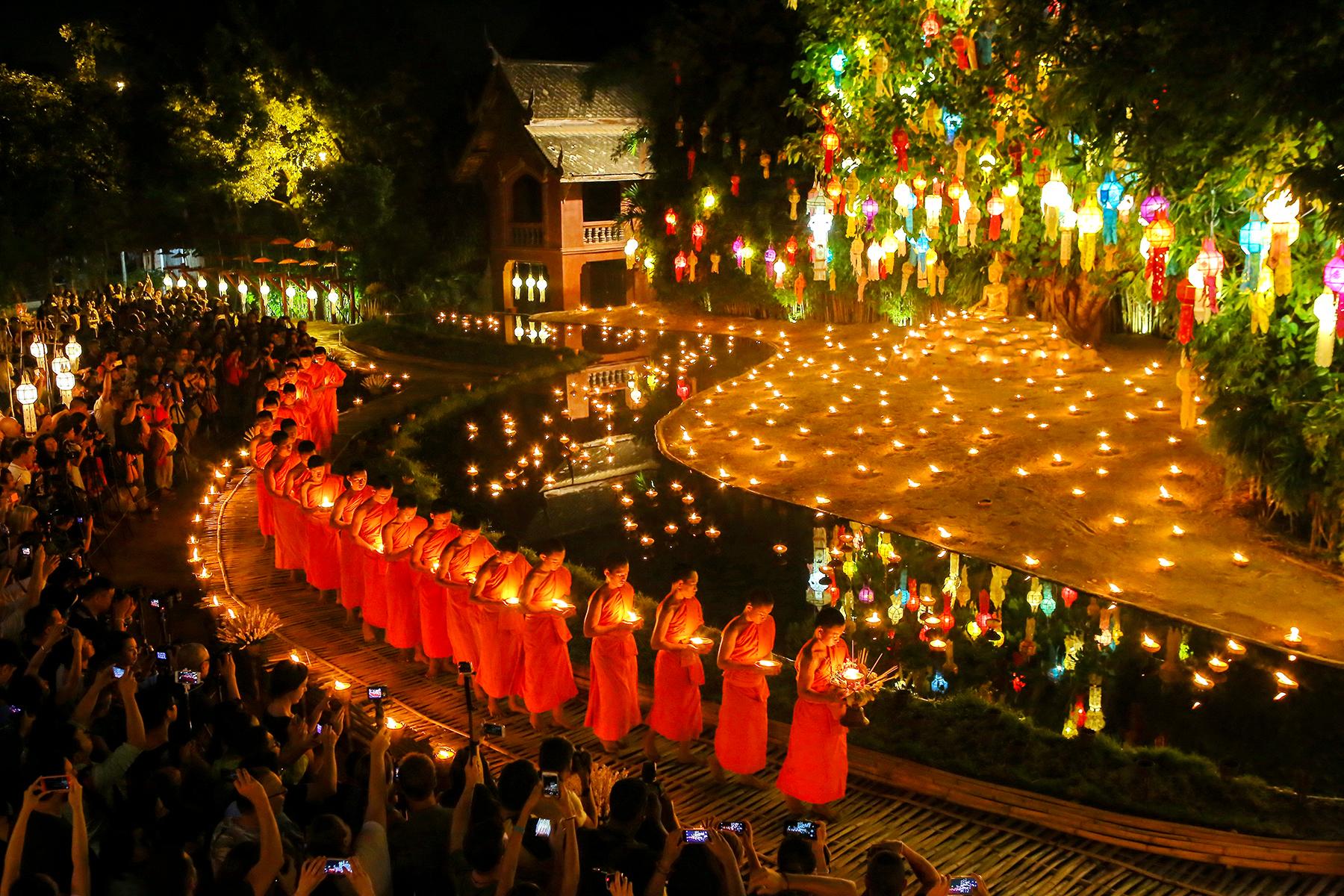Held every fall, Thailand’s Loy Krathong (also spelled “Loi Krathong”) is a can’t-miss, visually mesmerizing celebration.
If you’re planning a trip to Thailand, consider November. That’s when you’ll encounter the enchanting, spiritual Loy (or Loi) Krathong festival. Held every fall all over the country as well as Laos and Myanmar, the name translates to “floating basket,” and thousands of candle-lit banana leaf boats known as krathongs are released in waterways to symbolize renewal. Today, the festival also includes beauty pageants, concerts, and even floating lanterns courtesy of Yi Peng, which Loi Krathong coincides with in the northern part of Thailand. Here’s a primer on how to join in the celebrations.




